Privilege to present the challenges and successes of creating a #FOAM resource to healthcare educators from the University of Cape Town today. A great event and great audience!
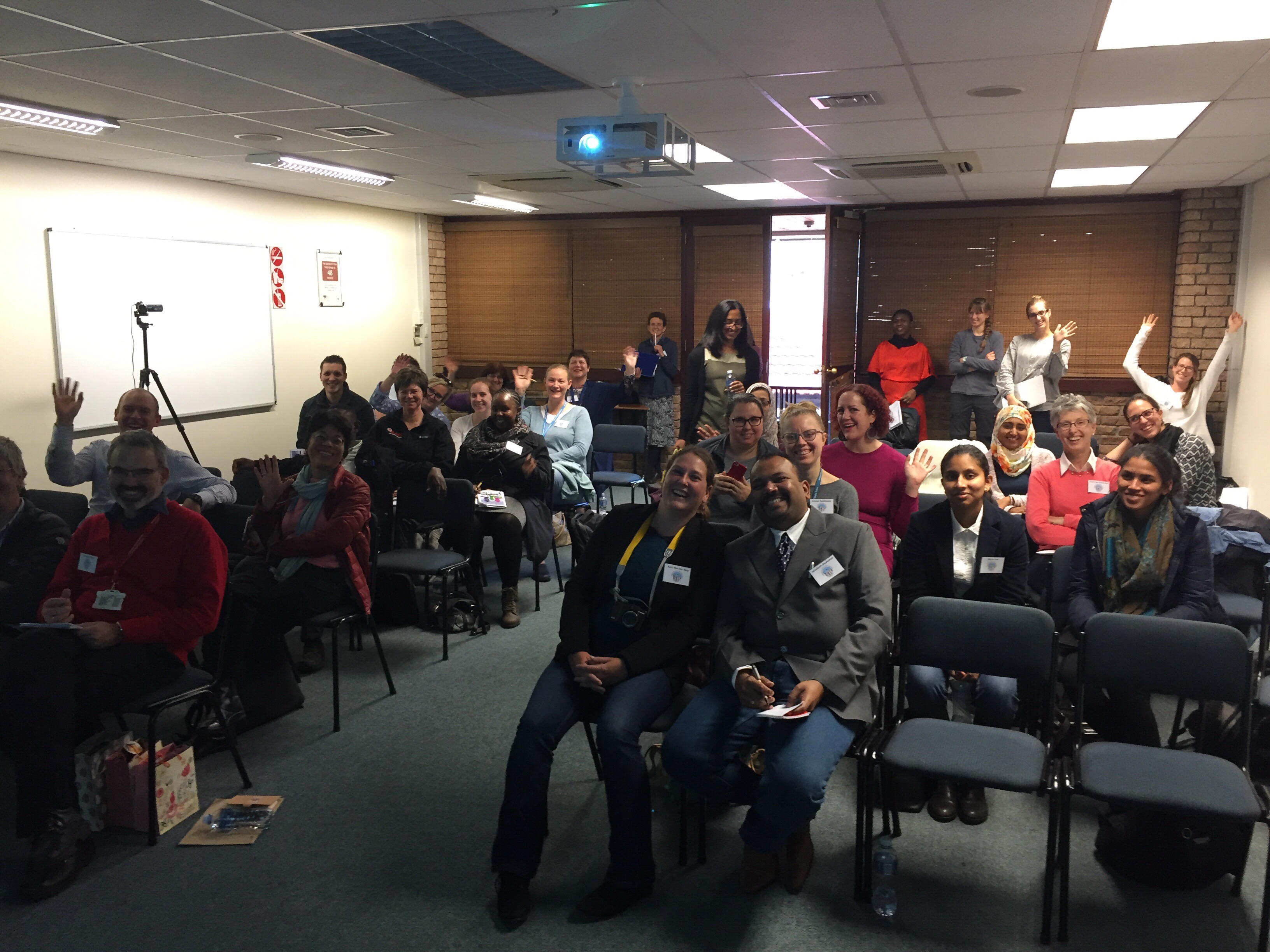
Abstract for the presentation here: An open-access airway resource
Privilege to present the challenges and successes of creating a #FOAM resource to healthcare educators from the University of Cape Town today. A great event and great audience!

Abstract for the presentation here: An open-access airway resource
Some updates to the site to improve your access and experience! The various courses which are on offer in conjunction with the UCT Department of Anaesthesia and Perioperative Medicine have been added to a new ‘Courses & Lectures‘ page here on OpenAirway, which also now includes links to the content and resources available from many of our previous workshops, courses and congress meetings, as well as a collection of the lectures that are available online. These are being added to steadily, but if you can’t find something, use the search function on the tool bar! The menu has also been update to make the various items easier to find.
There are many ways to adequately topicalise an airway, which depend on personal and institutional experience, and the available drugs in different parts of the world. This is a step-by-step set of instructions on how to make the “GSH Mix” in use at Groote Schuur Hospital, Cape Town, South Africa. Note that we don’t have access to certain ingredients which are commonly available elsewhere (such as viscous lignocaine or Moffett’s solution).
End product: 4 % (or 5%) lignocaine with 20 mcg/ml adrenaline.
You’ll need:
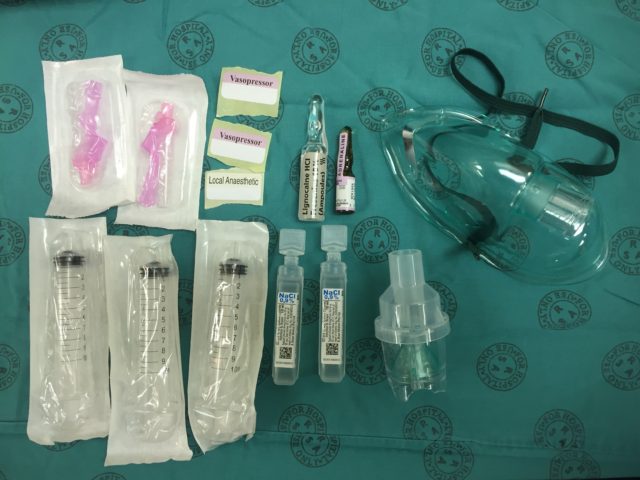 Label the syringes clearly: 100 mcg/ml adrenaline (1:10 000) and 4 % lignocaine with 20 mcg/ml adrenaline:
Label the syringes clearly: 100 mcg/ml adrenaline (1:10 000) and 4 % lignocaine with 20 mcg/ml adrenaline: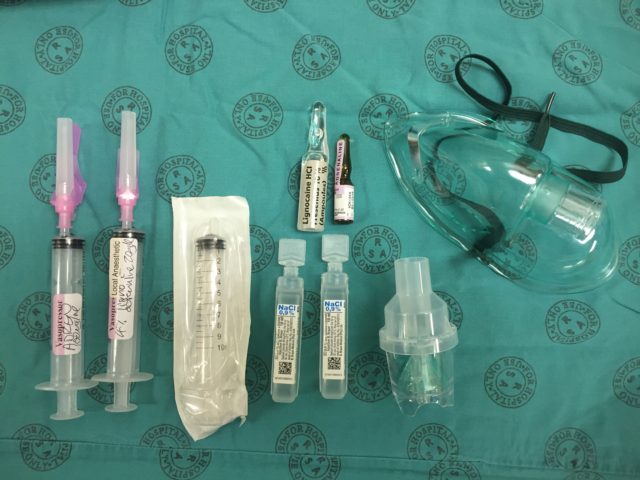
Draw the adrenaline (1 mg/1 ml) into the adrenaline syringe, and dilute with saline to 10 ml (100 mcg/ml, or 1:10 000 solution):
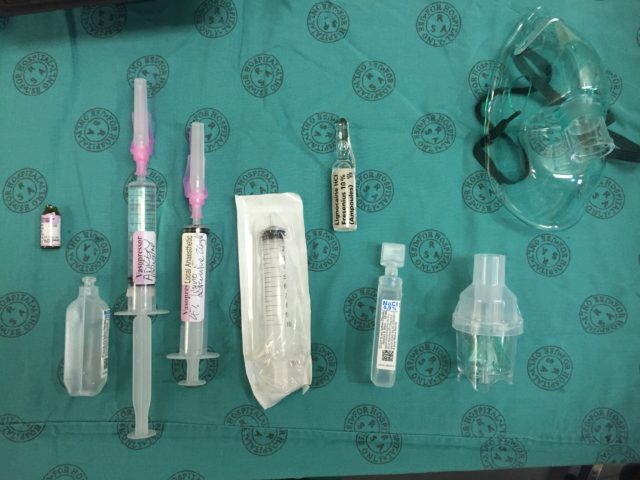 Transfer 2 ml (200 mcg) of the dilute adrenaline into the mix syringe:
Transfer 2 ml (200 mcg) of the dilute adrenaline into the mix syringe: 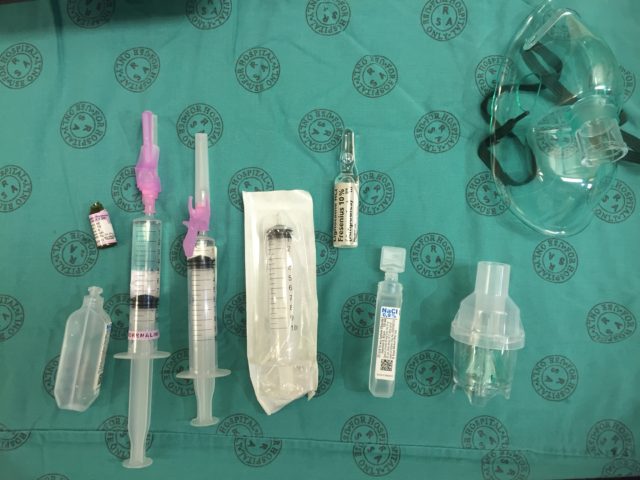 Add 4 ml of the 10 % lignocaine solution to the mix syringe (use all 5 ml if you want to make a 5 % solution rather than the usual 4 %):
Add 4 ml of the 10 % lignocaine solution to the mix syringe (use all 5 ml if you want to make a 5 % solution rather than the usual 4 %): 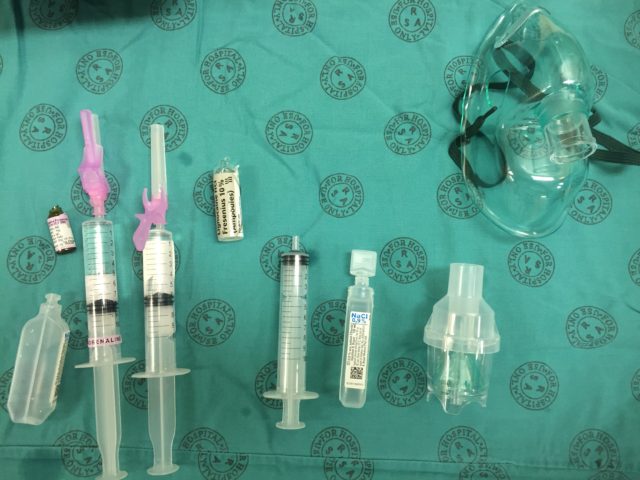 Add saline to the mix syringe to a total volume of 10 ml. You now have 4 % (or 5 %) lignocaine with 20 mcg/ml adrenaline:
Add saline to the mix syringe to a total volume of 10 ml. You now have 4 % (or 5 %) lignocaine with 20 mcg/ml adrenaline:  Put 5 ml of the mix into the nebuliser mask, ready to commence topicalisation by neb:
Put 5 ml of the mix into the nebuliser mask, ready to commence topicalisation by neb: 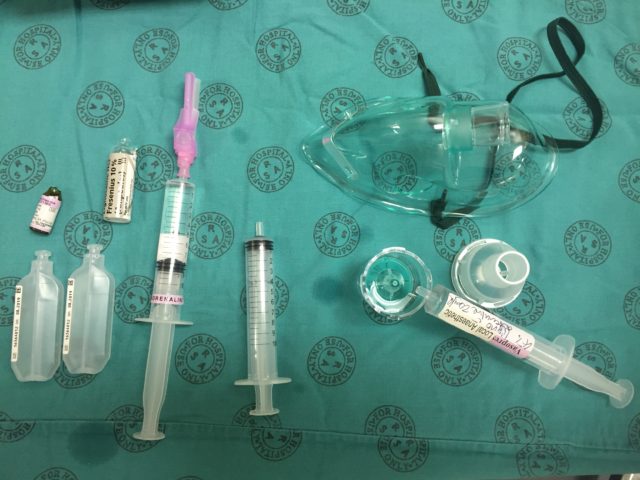 Split the remaining 5 ml mixture into two 10 ml syringes (using your third syringe) to be used for spray-as-you-go through the scope if needed:
Split the remaining 5 ml mixture into two 10 ml syringes (using your third syringe) to be used for spray-as-you-go through the scope if needed:
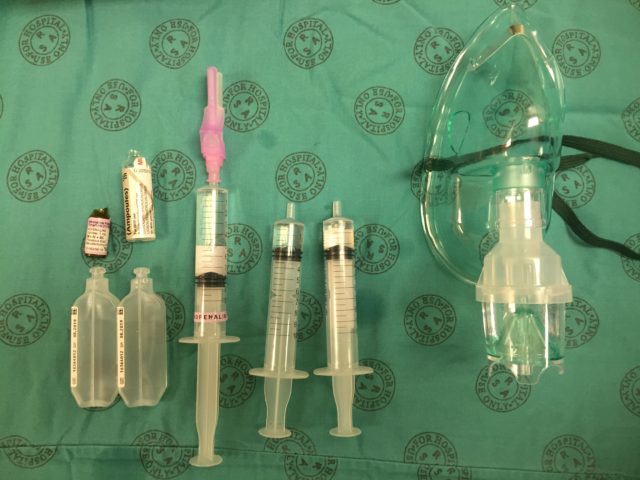 Put the rest of the adrenaline solution somewhere safe (or discard it), and draw back the plungers on the mix syringes all the way. This introduces air which then blows the local mix through the scope when you do spray-as-you-go. Don’t forget to give the neb plenty of time to work (15-20 minutes, until complete).
Put the rest of the adrenaline solution somewhere safe (or discard it), and draw back the plungers on the mix syringes all the way. This introduces air which then blows the local mix through the scope when you do spray-as-you-go. Don’t forget to give the neb plenty of time to work (15-20 minutes, until complete). 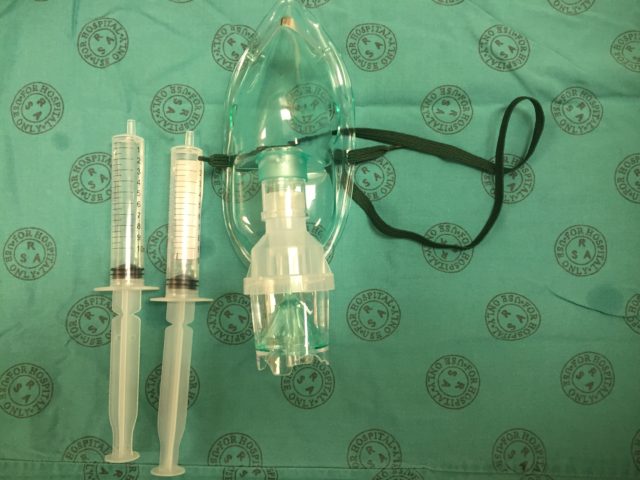 Don’t forget to use adjuvant strategies to improve your topicalisation, such as gargling, atomised spray, or topical gel/paste, and enter your cases into a registry such as TheAirwayApp so that we can build worldwide experience with different techniques!
Don’t forget to use adjuvant strategies to improve your topicalisation, such as gargling, atomised spray, or topical gel/paste, and enter your cases into a registry such as TheAirwayApp so that we can build worldwide experience with different techniques!
Some photos of the action at the Nairobi Surgical Skills Centre this week. Many thanks to the local faculty from the University of Nairobi and other institutions, the companies that supported use of the facilities and equipment, and the enthusiastic delegates!
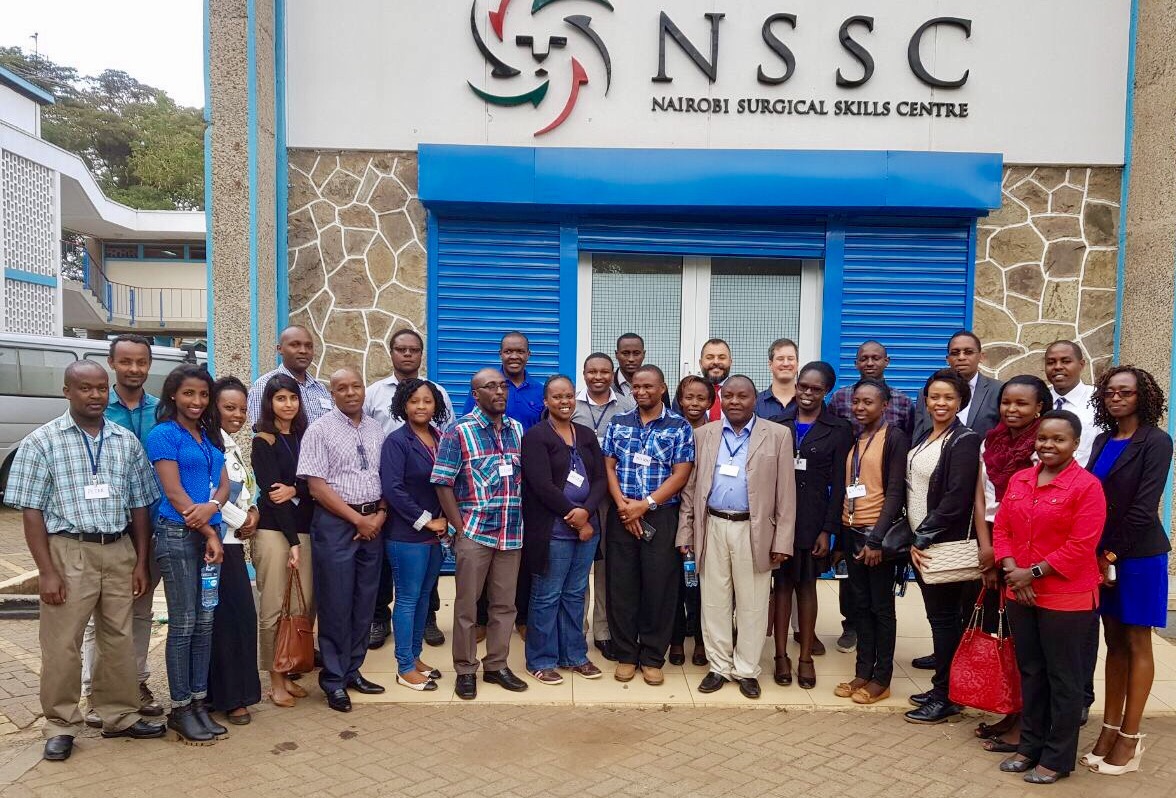
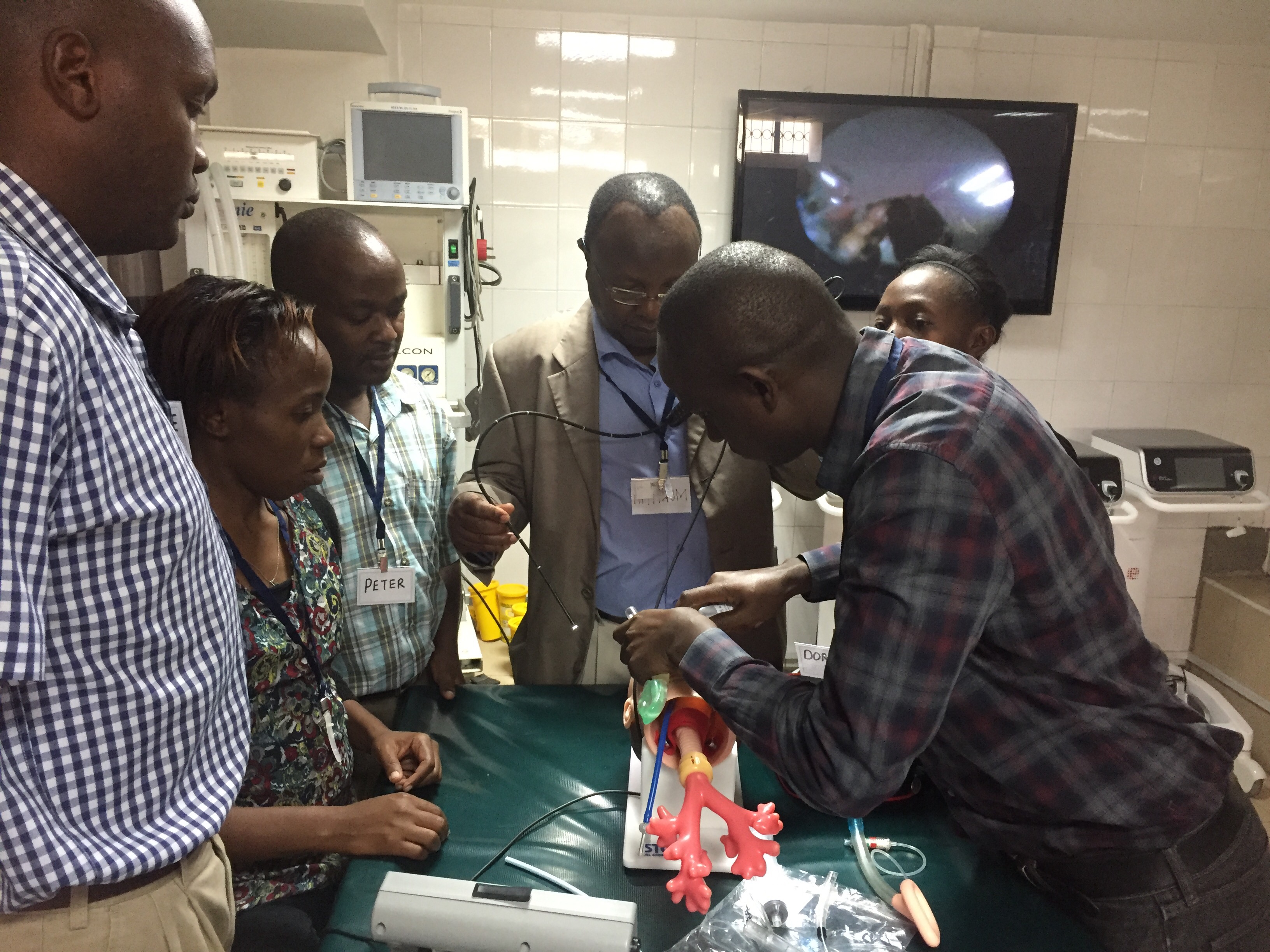




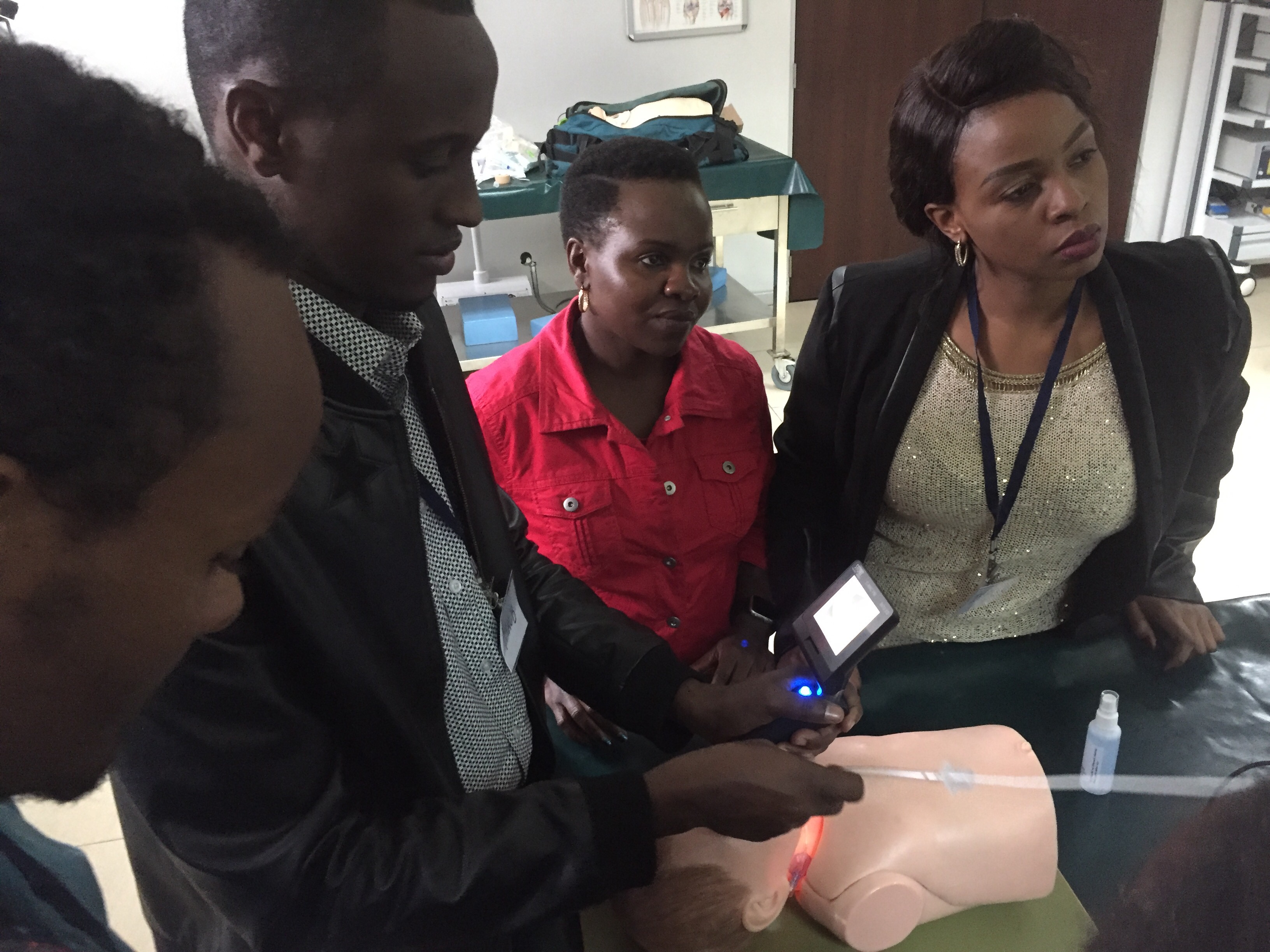
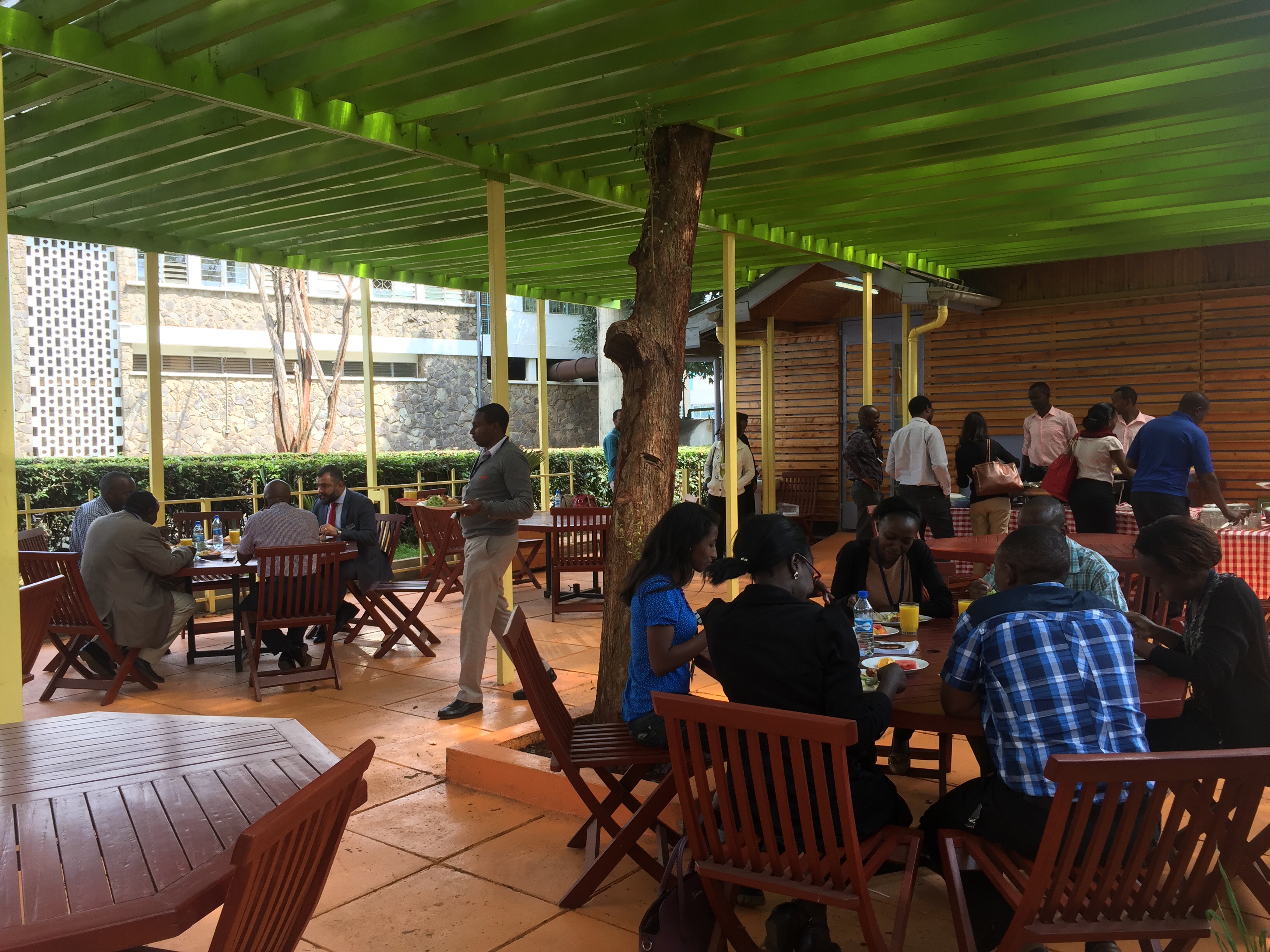
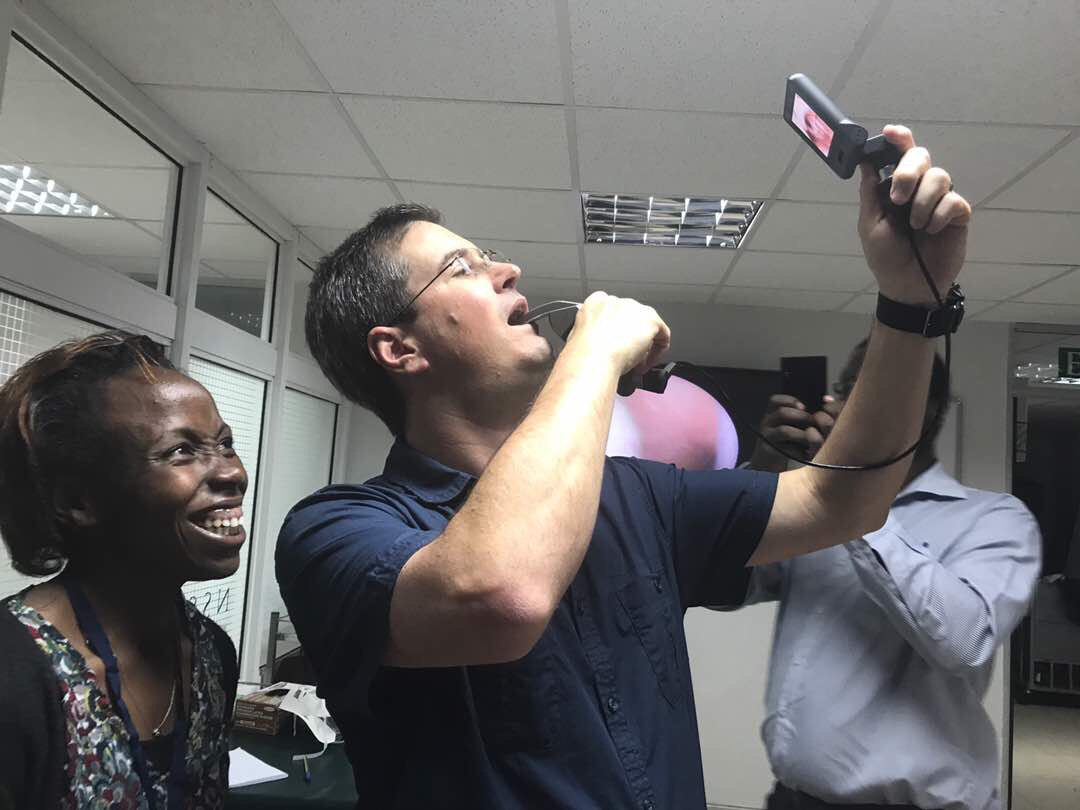

Resources and notes from the course are available on the course page here.
All hosted on the permanent page here!
FCA1 Anaesthesia Refresher Course: Endoscopic Airway Equipment Workshop
Herewith a collaborative effort from the airway Twitterati to establish a list of common airway abbreviations:
Contributions/comments? DM @openaiwayorg or @rosshofmeyr
Thanks to @AirwayMxAcademy for initiating the idea!
Clinical video demonstrating a collection of techniques to facilitate elective intubation for a patient with an unstable cervical spinal injury in caliper traction. Note the sideways introduction of the VL blade due to limited space for the VL handle, optimisation of the view (‘Rule of 3’), use of a coude-tipped bougie (introducer), and the 3-part technique to advance the endotracheal tube when it catches on the arytenoid cartilage (pull tube back to disengage, rotate 90 degrees counterclockwise, advance tube).
We’re hosting this in Cape Town in April. It’s going to be the first workshop if it’s kind on the continent, and perhaps even in the world: a combined cadaver and manikin simulation workshop, featuring senior anaesthesia and ENT trainees and specialists working together to solve challenging airway problems in real time. This will be reinforced by expert didactic input from local leaders in the field. Places are very limited, but expect feedback and images/video here on OpenAirway.
Herewith my final presentation from NAPEM 2017 in Hyderabad, India. Not really an airway talk, but in the spirit of #FOAM, I’m reproducing it here.
The SASA Paediatric Procedural Sedation and Analgesia (PSA) Guidelines (2016 Update) are available from the ‘Publications’ section of the SASA web page (and are open access), but for ease of access, I have made the file available here as well:
Demonstration of an unhurried intubation using a bougie preloaded in the reinforced endotracheal tube in an Airtraq optical laryngoscope with Airtraq Cam video adapter. You can note ideal positioning of the Airtraq (“Rule of 3”) and the steering ability of a coude-tipped bougie.